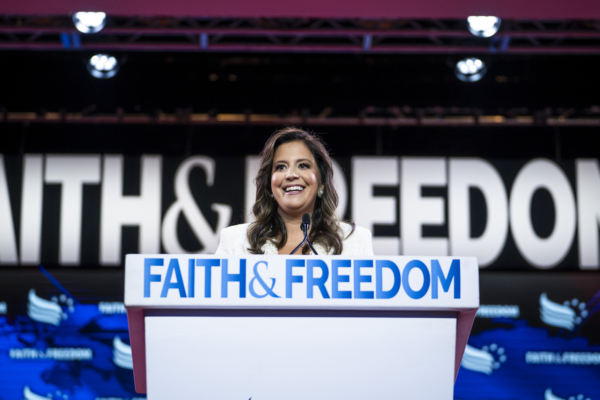The latest poll shows that Republican federal congresswoman Elise Stefanik in New York is gradually narrowing the gap with incumbent Governor Kathy Hochul in the 2026 gubernatorial election, especially with a significant increase in support among independent voters, intensifying the competition.
According to the latest poll released by Siena College on Tuesday (November 18), Hochul leads Stefanik by 52% to 32%, maintaining the lead but significantly narrower compared to the 52% to 27% gap in September. Analysis shows that Hochul holds a huge advantage of 78% to 9% among Democratic voters, while Stefanik’s support among Republican voters has expanded to 79% to 11%, further widening the gap from 68% to 15% in September.
The difference between the two candidates among independent voters has also rapidly decreased, with Hochul currently leading by 40% to 36%, a significant reduction from the 43% to 25% gap in September. In terms of regional distribution, Hochul maintains a substantial lead of 42 percentage points in New York City, but only leads by 9 points in the suburbs and 3 points in upstate, indicating a tighter competition.
The poll also indicates a slight decrease in Hochul’s favorability rating to 43%. Currently, 42% of voters are willing to support her for re-election, but 48% prefer a “fresh face”, with 53% preferring a Republican as the governor and 30% leaning towards another Democratic candidate.
The survey interviewed over 800 registered voters, excluding Nassau County executive and Republican Bruce Blakeman, who recently expressed interest in competing for the Republican nomination.
In response to the poll results, Alex DeGrasse, campaign strategist for Stefanik’s team, criticized the poll as “biased and prejudiced”, stating that multiple independent polls show that after adjusting for voting intentions and geographical distribution, the support for both candidates falls within the margin of error.
As the election heats up, independent voters are seen as a decisive force in determining the direction of the gubernatorial election.

